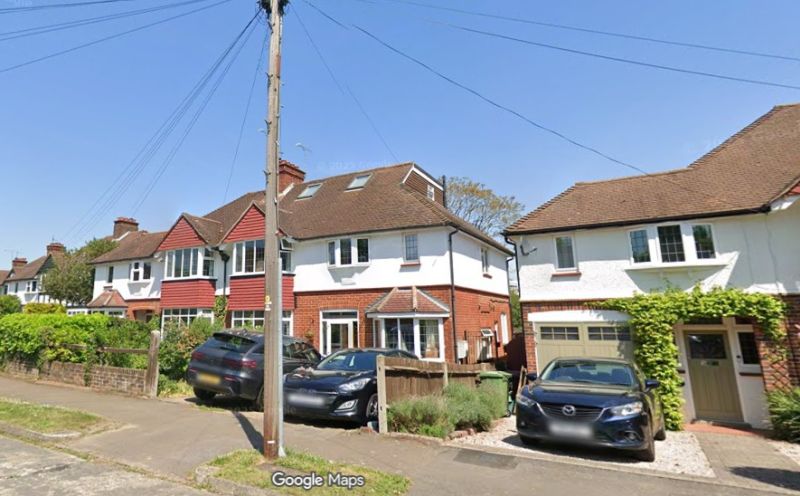Is Delay Defensible in the Fight to Protect Epsom’s Green Belt?
As Epsom and Ewell Borough Council deliberates its Local Plan in the face of imminent, significantly higher government housing targets, the council’s slow-paced approach raises crucial questions about its strategy to protect our borough’s green spaces. Led by the Residents’ Association, the council is balancing on a tightrope between procedural rigour and an increasingly urgent need for action. But with higher housing quotas looming, is this balance tipping too far towards delay, at the cost of our precious Green Belt?
Nine opposition councillors have proposed an Emergency Full Council Meeting, arguing that swift action is essential to avoid a target increase to 817 new homes annually—double the current requirement. They rightly point out the risks to Epsom’s character and environmental integrity. With development pressure escalating, the loss of even a small proportion of green spaces would have lasting consequences, affecting not just our landscape but also the local ecology and community fabric.
Residents’ Association leaders, meanwhile, cite the need for strict adherence to regulatory procedures, with Councillor Peter O’Donovan (Chair of the Licensing Policy and Planning Committee, RA Ewell Court) cautioning against shortcuts that might render the plan “unsound” in the eyes of government inspectors. RA Leader Councillor Hannah Dalton (Stoneleigh) echoes this sentiment, emphasising the need for quality and robustness in the plan to withstand scrutiny. But, does adherence to every procedural step outweigh the immediate urgency to avoid a government-imposed target that could open up the Green Belt for development?
If every councillor claims to prioritise the protection of our green spaces, it’s difficult to justify the RA’s slow and careful approach. What would be lost by speeding up the process, even at the risk of minor regulatory issues? The Local Plan’s objective is clear: it must serve the community’s best interests by ensuring sustainable development, but without jeopardising the green spaces that make Epsom unique. Rushing to complete this plan before the higher targets take effect doesn’t mean compromising on quality—it means acknowledging the urgency of our current position.
The RA’s insistence on caution may reflect their commitment to procedural integrity, but in the face of a looming housing target that threatens everything they aim to protect, this stance appears increasingly illogical. The stakes are high, and with public consultation already delayed due to a halt in 2023, it is hard to see what further delay achieves. As Janice Baker of the Epsom Green Party rightly points out, legal pathways exist to expedite the consultation phase, saving precious weeks and potentially allowing the community to dodge the higher target.
In the end, Epsom and Ewell Borough Council must decide if this cautious approach truly serves our borough’s best interests. Every resident who treasures our green spaces deserves a council that can act quickly and decisively in their defence. The council’s commitment to procedural correctness is admirable, but it must be weighed against the real and immediate threat of intensified development. It’s time to ask, “What are we willing to risk?” Because in this case, the greatest risk might just be the price of waiting.
Related reports:
Call to Epsom and Ewell Council to speed plan denied
Opposition Calls for Emergency Council Meeting Over Epsom and Ewell Local Plan














